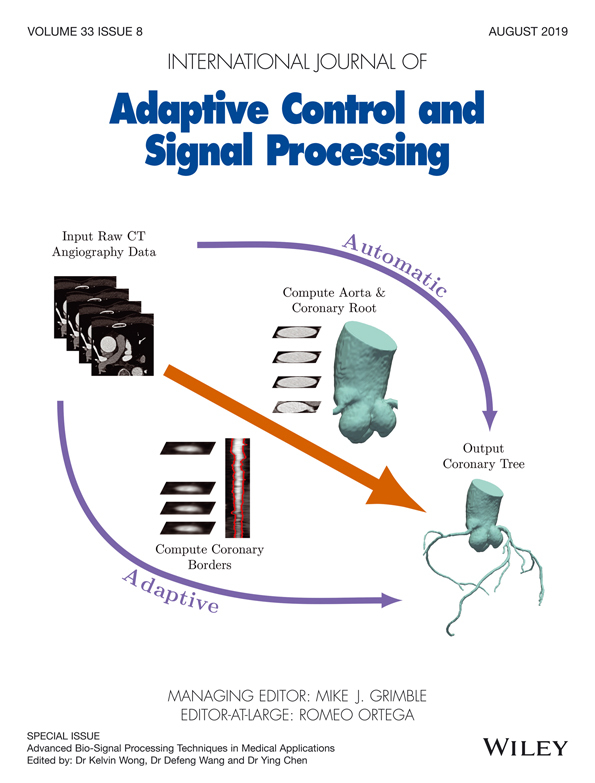Visualization analysis of heart diseases using two-dimensional electrocardiogram sequences
Summary
During the last years, there have been large advances in the understanding of cardiac mechanics, and in particular shape, motion and deformation. However, it is important to comprehend how these features interrelate and how they can be interpreted to refine the clinical diagnosis. The goal of our study is to illustrate the use of two-dimensional ultrasound cardiac motion sequences on some typical cardiac pathologies. The method is applied to preprocessed data from two-dimensional ultrasound sequences of four different subjects, namely, two healthy volunteers, one patient with left ventricular mechanical dyssynchrony from the left bundle branch block, and one patient with hypertrophic cardiomyopathy. The interpretation based on these features is corroborated with other analyzing techniques such as electrocardiogram and visual interpretation by experienced clinical observers. The proposed method realizes a computer program, which allows the user to easily obtain and visualize information about myocardial shape, motion (displacement and velocity), and deformation (strain) along the left ventricle myocardium wall during the cardiac cycle.




